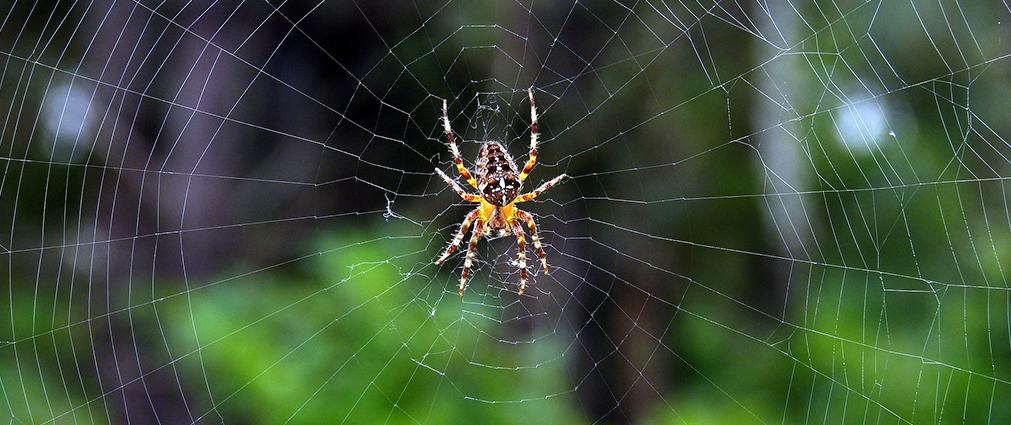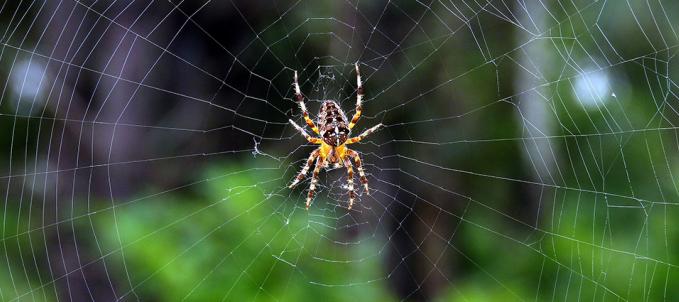Find out about nine animal engineers

Nature is really surprising! Some animals are so creative and skillful that they even serve as an inspiration for engineers when designing and constructing. Find out about nine animals that display great knowledge in the area:
1. The Ovenbird

The ovenbird’s house is one of the most famous examples. It is oval and made of clay, with a small opening at the front to prevent the risk of attack by large predators! Our engineer of the animal world carefully selects the type of clay that it will use, the tree where its nest will be installed and the direction of the entrance to avoid too much sun, wind or rain.
2. The beaver

Beavers are considered environmental engineers. Their lodges are usually in upper areas in rivers and made of mud, stones and branches, with underground entrances that make access difficult for predators. However, they remain dry inside for them to sleep and house their young. In addition to this sophisticated home, beavers also construct dams and reservoirs to decrease the strength of the water flow and prevent their homes from being waterlogged or flooded. First-class engineering!
3. The Cyana sp. Moth

During the cyana sp. moth’s pupal stage, it creates a sophisticated cage with the hairs that it produces during this phase of development to protect itself. In its caterpillar phase, it produces long hairs, which it then uses to create a weft that will provide support and security for its cocoon. The structure is strong enough to balance the cocoon in the center, suspended by strands of silk produced by the caterpillar, for the time needed for it to transform into a moth without running the risk of being caught by predators.
4. Bees

Bees are excellent engineers, primarily with regards to economy. Their hives are planned to use the smallest possible amount of materials and space with their hexagonal format. This also means that the structure is light and stable, even serving as an inspiration for the construction of planes and skis, for example.
5. Ants

Anthills are some of the most well-known constructions, due to their sophisticated engineering and strong teamwork. Underground ant nests have organized tunnels and galleries, with specific rooms for each function, such as spaces where food is kept and processed by fungi or the rooms where waste is stored. These complex structures can reach several kilometers in length. To get an idea, in 2002 a team of scientists discovered a 6,000 kilometer ant nest, which ranges from Spain to Italy, passing through Portugal and France!
6. The satin bowerbird

The satin bowerbird is a common species in Australia that uses engineering to create a type of backdrop for mating. The male bird constructs a space which serves as a stage and a parallel structure of twigs and sticks from the vegetation where he carries out his dance displays. In addition to the elaborate structure, the bower is decorated with all the blue objects that the bird is able to find, including pens, straws and pieces of plastic!
7. The weaverbird

The weaverbird is one of the species that creates very well planned nests to protect its chicks. The nest, in the shape of pouches, approximately 50 centimeters in length, are woven with machine precision. The material used is vegetable fibers and sometimes horsehair. The pouches usually hang on the finest and highest tree branches, preventing predators from reaching the nests and placing their lives at risk.
8. Termites

Termites are another species that usually has quite sophisticated nests. Made from a mixture of mud, feces and saliva, termite houses are normally very resistant, with inner galleries and an ideal ventilation system, so that the temperature is always stable, even when exposed to the sun for the whole day. Cold air enters from openings near the ground and the hotter air leaves from the upper entrances, which reach 10 meters in some cases.
9. Spiders

Each spider species produces between 3 and 7 different types of web, which have varying functions. Webs to catch prey are the most common but there are also shelter webs (which serve as a house for the spider), mating (where the male deposits its sperm) and molting (where the spiders change their exoskeletons). To get an idea, the Caerostris darwini species, found in Madagascar, is one of the smallest in the world and is able to spin webs that are 25 meters wide and are more resistant than steel! The combination of strength and resistance is highly sought after by engineers and this type of web has been studied as the raw material for biodegradable surgical thread, fishing nets and even bulletproof vests.
Did you enjoy this article? Do you know of more examples of animals that have much to teach us about construction? Let us know in our Facebook page
.







